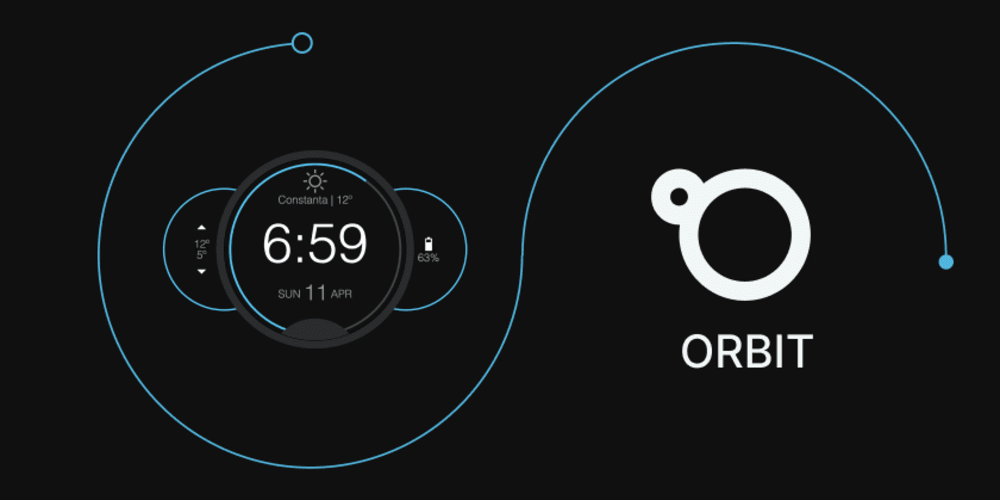Why You Need Distributed Computing for Real-World Machine Learning
In today's data-driven world, machine learning (ML) has become a powerful tool for extracting insights and making predictions from massive datasets. However, as ML models become increasingly complex and datasets grow exponentially, traditional computing resources struggle to keep pace. This is where distributed computing comes into play, offering a crucial solution for tackling the computational demands of real-world machine learning.
The Challenges of Traditional Computing for Machine Learning
Traditional computing approaches, typically relying on single machines, face several limitations when handling large-scale ML tasks:
- Data Size and Complexity: Modern ML models often require terabytes or even petabytes of data for training. Processing and storing such vast amounts of information on a single machine becomes impractical and inefficient.
- Computational Demands: Training complex models, especially deep neural networks, involves massive computational requirements, exceeding the capabilities of standard CPUs and GPUs.
- Time Constraints: Training time for large ML models can stretch for days or even weeks on a single machine, hindering rapid experimentation and model development.

The increasing size of datasets poses significant challenges for traditional computing resources.
Distributed Computing: A Solution for Large-Scale Machine Learning
Distributed computing addresses these limitations by leveraging multiple machines or processors to work together and share the computational burden. This parallel processing approach allows for handling massive datasets and complex models, significantly accelerating training times and improving scalability.
Key Concepts in Distributed Computing for ML
- Parallel Processing: Dividing the computation into smaller tasks that can be executed simultaneously on multiple machines.
- Data Parallelism: Partitioning the dataset across different machines, allowing each machine to process a subset of the data independently.
- Model Parallelism: Dividing the model itself across multiple machines, each handling a portion of the model's parameters and computations.
- Communication and Synchronization: Coordinating the work of different machines, exchanging data and model updates, and ensuring consistency across the distributed system.
Popular Distributed Computing Frameworks for Machine Learning
Several powerful frameworks facilitate distributed machine learning, providing tools and libraries to manage and optimize distributed computations:
1. Apache Spark
Spark is a widely adopted open-source framework for large-scale data processing and machine learning. It offers:
- In-memory processing: Spark keeps data in memory for faster computations, reducing disk I/O and improving performance.
- Unified platform: Spark provides a single platform for data processing, analysis, and machine learning, simplifying workflows.
- Scalability: Spark can be scaled to handle massive datasets and complex models on clusters of machines.
2. TensorFlow
TensorFlow is a popular open-source library for building and deploying machine learning models. Its distributed capabilities include:
- Model parallelism: TensorFlow can distribute model parameters and computations across multiple machines, enabling training of large models.
- Data parallelism: TensorFlow allows parallel data processing for faster training and inference.
- Cloud integration: TensorFlow seamlessly integrates with cloud platforms such as Google Cloud Platform, providing scalability and resource management.
3. Apache Hadoop
Hadoop is a distributed file system and processing framework commonly used for big data analytics. Its key features for ML include:
- Data storage and management: Hadoop's distributed file system (HDFS) provides robust storage for massive datasets.
- MapReduce framework: Hadoop's MapReduce paradigm allows parallel processing of data across multiple nodes.
- Scalability and reliability: Hadoop's fault tolerance and scalability enable handling large datasets and complex computations.
4. Horovod
Horovod is a high-performance distributed deep learning training framework. It offers:
- Efficient communication: Horovod uses optimized communication protocols for fast data exchange between machines.
- Easy integration: Horovod seamlessly integrates with TensorFlow, PyTorch, and other deep learning libraries.
- Scalability and performance: Horovod achieves significant speedups for distributed training, enabling faster model development.
A Simple Example: Distributed Logistic Regression with Apache Spark
This example demonstrates how to implement a distributed logistic regression model using Apache Spark. We'll use the popular Iris dataset, available in Spark's built-in datasets:
from pyspark.sql import SparkSession
from pyspark.ml.classification import LogisticRegression
# Create a SparkSession
spark = SparkSession.builder.appName("DistributedLogisticRegression").getOrCreate()
# Load the Iris dataset
data = spark.read.format("libsvm").load("file:///path/to/iris.libsvm")
# Split the data into training and testing sets
(trainingData, testData) = data.randomSplit([0.8, 0.2])
# Create a logistic regression model
lr = LogisticRegression()
# Train the model on the training data
model = lr.fit(trainingData)
# Make predictions on the testing data
predictions = model.transform(testData)
# Evaluate the model's performance
from pyspark.ml.evaluation import BinaryClassificationEvaluator
evaluator = BinaryClassificationEvaluator(labelCol="label", rawPredictionCol="prediction")
accuracy = evaluator.evaluate(predictions)
# Print the accuracy score
print("Accuracy:", accuracy)
# Stop the SparkSession
spark.stop()
This code snippet demonstrates how to leverage Spark's capabilities for distributed data processing and model training. The model is trained and evaluated in parallel across the Spark cluster, accelerating the process and enabling efficient handling of larger datasets.
Best Practices for Distributed Machine Learning
Implementing distributed machine learning effectively requires following certain best practices:
- Data Partitioning and Sharding: Partitioning the data into smaller chunks and distributing them across machines ensures balanced workload and efficient parallel processing.
- Communication Optimization: Minimizing data transfer between machines and using efficient communication protocols is crucial for performance.
- Fault Tolerance and Resilience: Designing distributed systems with mechanisms for handling machine failures and data redundancy is essential for reliability.
- Model and Parameter Tuning: Fine-tuning model hyperparameters and evaluating performance on different configurations are crucial for optimal results.
- Cluster Management and Resource Allocation: Efficiently managing cluster resources, including CPUs, GPUs, and memory, is critical for maximizing performance and cost efficiency.
Conclusion
Distributed computing has become an indispensable tool for tackling the computational challenges posed by real-world machine learning. By leveraging the power of parallel processing, distributed frameworks enable handling massive datasets, training complex models, and achieving faster training times. Understanding the key concepts, tools, and best practices of distributed computing empowers developers to build scalable and efficient machine learning solutions for a wide range of applications, driving innovation and unlocking the full potential of data-driven intelligence.


















